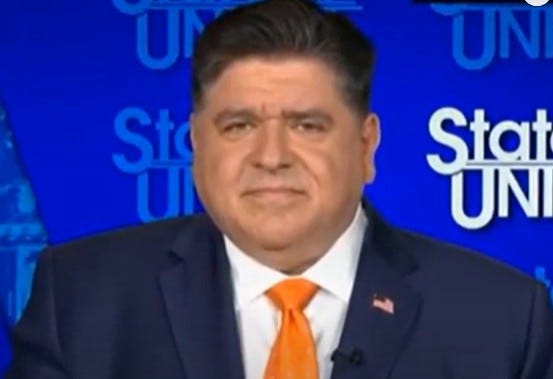Following Tesla ‘s delivery and production data, some Wall Street analysts were left wondering if the electric vehicle maker will need to make a habit of slashing prices. Tesla reported 422,875 deliveries in the first quarter . While that marked a 36% increase over the same period a year ago, the company fell short of the 432,000 delivery consensus expected by analysts polled by FactSet. Meanwhile, 440,808 vehicles were produced in the quarter. Tesla’s performance in the quarter comes on the heels of a bid to buoy demand through price cuts in the U.S. , Europe and China as inflation pinched pocketbooks. But some analysts said the numbers can imply that the company will need to cut prices further to aid demand even though it can pressure finances. “We continue to believe that Tesla will need to further lower prices this year and/or next year to achieve its volume targets, incrementally pressuring margins,” said Bernstein analyst Toni Sacconaghi, a noted bear. Sacconaghi, who has an underperform rating on the stock, said lead times on all models except one remain low in the U.S., while competition grows. The company is not expected to have a new low-cost model before 2025, he said, leaving out lower-budget consumers in the absence of price decreases among more expensive models. He also said that price cuts reflect an industry leader’s structural advantage that, while pressuring margins, can squeeze competition. Tesla’s cuts were seen as catalysts in a “price war,” as legacy automakers such as Ford followed in slashing prices for their electric vehicles. Jefferies analyst Philippe Houchois said the jury is still out on the impact of price elasticity compared with general demand weakness and the impact of the Inflation Reduction Act’s tax credits. Unlike Sacconaghi, Houchois has a buy rating on the stock. That places him in the majority, with more than half of analysts rating Tesla a buy, according to Refinitiv. Goldman Sachs analyst Mark Delaney, who also has a buy rating on the stock, said Tesla will likely have to cut prices over the course of the year to drive up volume given the broader economy remains challenged. Looking at the Y model specifically, he said the price could come to $48,500 in the fourth quarter from $55,000 in the third quarter of 2022. Though JPMorgan analyst Ryan Brinkman said the first-quarter delivery numbers were helped by the price cuts, he said consensus for full-year deliveries stands at 1.836 million, which is still lower than the 1.949 million expected before reductions. That means the cuts cannot completely mitigate impacts from industrywide headwinds such as higher interest rates and tightening lending standards, he said. Brinkman also said price cuts hurt Tesla more than legacy automakers. While the traditional companies could see electric vehicle-related losses steepen in the short term due to price cuts, he said they also have profit from other business areas to help offset the drops. Analysts said part of what it comes down to is how Tesla’s margins shake out as the demand increases run up against the lower price tags. Morgan Stanley analyst Adam Jonas said the company’s quarter-over-quarter delivery increase of around 4% may not have happened without the price cuts given the tough economic backdrop. “As we have written for some time, we believe it is Tesla’s objective to lever its cost advantages in the form of lower prices relative to the competition over time,” said Jonas, who has an overweight rating on the stock. “We are of the opinion that without the aggressive price cuts, Tesla sales may not have grown on a sequential basis, a sign that even the most dominant EV player is not invulnerable to a slowing macro and competition.” — CNBC’s Michael Bloom contributed to this report.























































.jpg)



